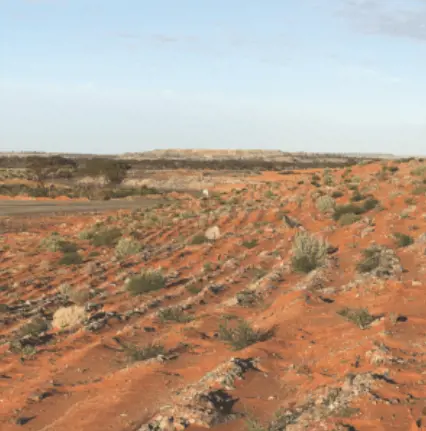Expect to see a greater environmental, social and governance focus in the mining industry in 2024.
Requirements for disclosing climate and nature-related financial threats, opportunities and responsibilities for protecting human rights (including Indigenous people) are key emerging environmental, social and governance (ESG) trends for mining companies in 2024 and beyond.
That is the view of Kate Vershinina and Ludovic Rollin, principal and senior ESG consultants, respectively, at SRK Consulting.
“Mining companies will have to consider additional ESG risk factors in 2024 that they haven’t looked at in as much depth before,” Vershinina said. “Of course, every mining project is different and has its own ESG risks; however, mining companies will generally face heightened ESG risk reporting requirements in the year ahead.”
Rollin said stakeholders will increasingly apply a human rights perspective when evaluating the performance of mining companies.
“From access to land, clean water or the protection of cultural heritage … human rights are fundamental factors of ESG trends,” he said. “Communities will increasingly exercise their rights to free, prior and informed consent about mining projects that may impact their land, livelihood and environment – and confront more projects on those grounds.”
Vershinina and Rollin stressed that decarbonisation, nature positive and social licence to operate are not new ESG issues. Rather, the growing awareness of ESG-related risks in the mining industry requires organisations to further disclose their strategies and performance addressing those risks, and these requirements will increase in coming years due to ongoing regulatory and social changes.
“Some mandatory ESG reporting requirements will come with new changes in national legislation with regards to climate-related financial disclosure, the protection of human rights and the environment,” Vershinina said.
“Other good ESG practices and voluntary reporting will be driven by international standards for responsible mining.”
“In addition, financial markets will continue to push the bar for higher ESG strategy and performance disclosure along with the rise of stakeholder expectations in the resource sector.”
Vershinina and Rollin note the interconnection of emerging ESG trends.
“Ultimately, these trends are connected by natural disasters linked to climate change,” Rollin said. “Stakeholders will want more information on how mining companies plan to decarbonise their operations, how they can deliver nature positive outcomes at a project, and how their project protects human rights.”
Here’s a snapshot of the three emerging ESG trends Vershinina and Rollin believe will underpin the mining industry in 2024.
Decarbonisation strategy and disclosure
The Federal Government’s proposal, Climate-Related Financial Disclosure, could mean companies across industries have to disclose climate-related information as part of their general financial reporting.
For some companies, the changes could start as early as the 2024–25 financial year.
In October 2023, the Australian Securities & Investments Commission (ASIC) described the shift to mandatory climate-related disclosure as the “biggest change to corporate reporting in a generation”.

20240213182116546.webp)

20240213182643710.webp)
20240213182953763.webp)